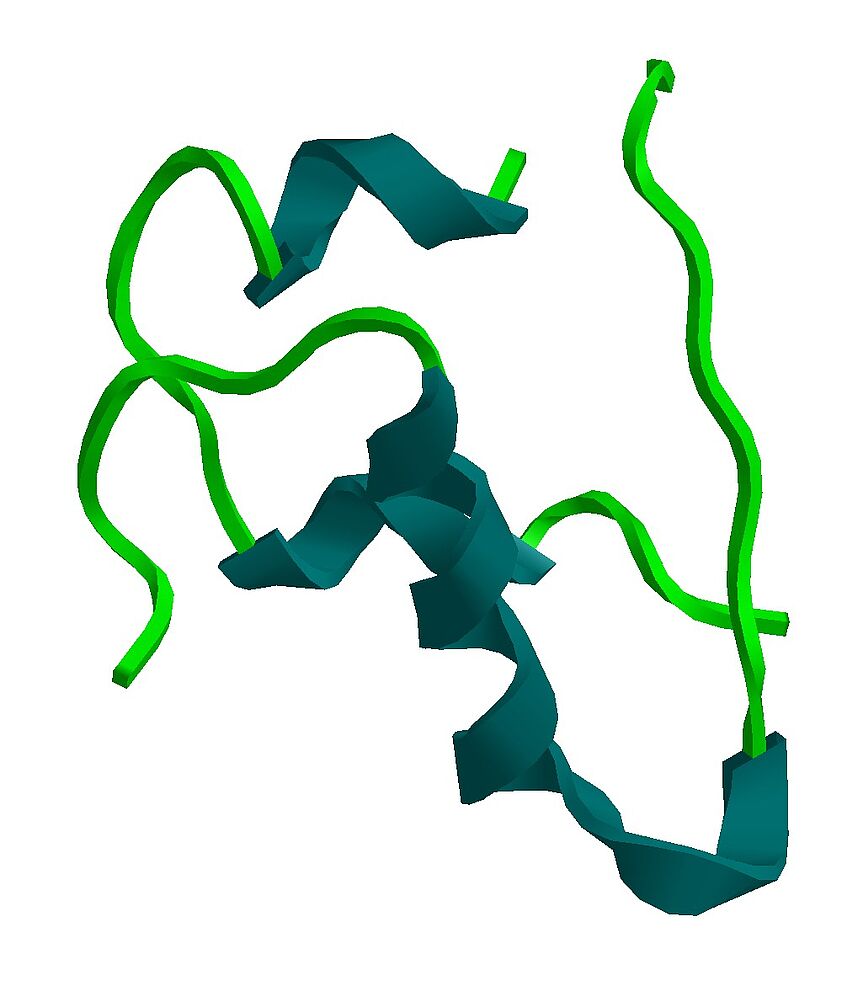
Visions of SUMO
- SUMO is an EU ATTRACT funded project on the way towards a highly
sensitive quantum detector for lowly charged or neutral
massive molecules. - SUMO will explore a single-pixel prototype of a superconducting
nanowire detector in combination with state of the art
biomolecular beam technology. - The project combines the expertise Single Quantum (Delft, NL),
an industry leader in superconducting nanowire detector technologies,
with the Quantum Nanophysics Group at the University of Vienna,
with ample experience in biomolecular beam methods. - The project started with May 20th 2019 and lasts for 12 months.
- All EU Attract projects are technology pathfinder missions (100 k€ budget per project) with the goal to advance to a level of continued funding by secondary resources (EU, national, private)
About SUMO
A Quantum Detector for Mass Spectrometry
Mass spectrometry is ubiquitous in science and technology, from medicine and pharmacy over security surveillance to research in chemistry and physics. It requires the preparation, filtering and detection of single molecular ions. Matrix-assisted laser desorption ionization (MALDI) and electrospray ionization (ESI) are routinely used in the preparation of molecular ion beam and quadrupole mass filters (QMF) or time-of-flight mass spectrometers (TOF-MS) are commercially successful mass analysers.
However, counting very massive, lowly charged or even neutral molecules fast and efficiently has remained a grand challenge. In most realization, ions are counted by accelerating them onto a high-voltage dynode. The few electrons released from the surface are then further amplified in secondary electron multipliers. To be efficient, this process requires the incident ion to surpass a velocity of more than 20'000 m/s, which is technologically demanding to achieve for massive proteins.
Realizing a particle detector that can count macromolecules even at low energies with near-100% efficiency is highly desirable. An intrinsically energy-sensitive detector may also open the door to new research on beams of neutral single biomolecules in the gas phase, with applications in single molecule spectroscopy, molecular deflectometry and quantum optics.